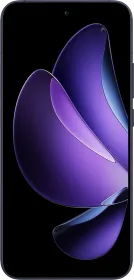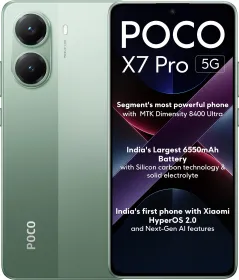TL;DR
- Thanks to LG’s new Primary RGB Tandem structure, the latest OLED panels can achieve a peak brightness of a whopping 4,000 nits.
- It’s not just the peak brightness that has improved, but LG has improved the color brightness from 1,500 nits to 2,100 nits, a 40% improvement over the previous generation.
The South Korean tech giant LG has revealed its next-generation OLED TV technology, and spoiler alert: the new panels can achieve 4,000 nits of peak brightness. In the world of screens, peak brightness is a huge deal. While there are plenty of other aspects to consider, peak brightness still remains one of the key factors in deciding on a television.
Also Read: Apple iPhone SE 4 is getting a Google Nexus 5 Inspired Design: First-Look Tipped
LG’s Fourth-Generation OLED TV Panels Can Achieve 4,000 Nits Of Peak Brightness

It’s a plain and simple logic: the higher the peak brightness, the better the viewing experience (whether in a brightly lit room or in a home theater setup). Obviously, there are a lot of other factors at play as well, and LG’s fourth-generation OLED TV technology takes care of everything.
Thanks to LG’s new Primary RGB Tandem structure, the latest OLED panels can achieve a peak brightness of a whopping 4,000 nits. Unlike regular panels, LG’s new panels divide the light-producing organic emissive layer into four layers (stacked on top of each other, hence the marketing term ‘Tandem’).
Also Read: Deal Alert: Get Samsung Galaxy Watch 6 Classic for a Price of Under 13k
The New OLED Panels Feature Four Light-Emitting Layers

While the OLED panel contains independent layers of red and green colors, the company has added two blue-light emitting layers to increase the brightness by 33% from the previous generation. For those catching up, the third-generation OLED TV technology from LG contained three light-emitting layers: one layer of red, green, and yellow elements and two layers of blue elements.
It’s not just the peak brightness that has improved, but LG has improved the color brightness from 1,500 nits to 2,100 nits, a 40% improvement over the previous generation. The company has also used a special film that cuts out 99% of the reflections (both internal and external). This, in turn, improves color reproduction, especially in brighter environments like well-lit living rooms.
Also Read: WhatsApp Adds New Camera Effects To Photos/Videos, Users Can Now React To Messages Quicker
LG Should Use These Panels In Smart TVs Later This Year
, which is an impressive feat in itself. Later this year, LG will use the panels on its flagship smart TVs and gaming monitors.
You can follow Smartprix on Twitter, Facebook, Instagram, and Google News. Visit smartprix.com for the latest tech and auto news, reviews, and guides.


































